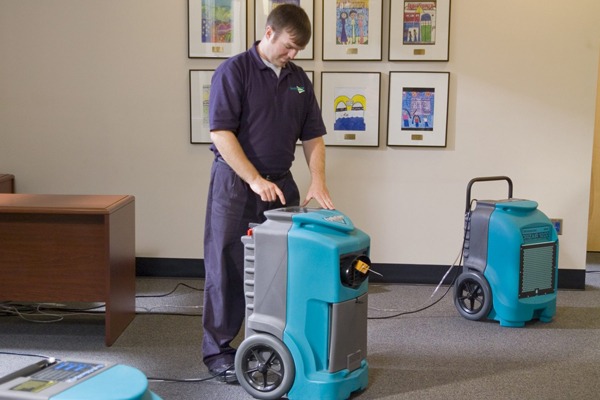It often starts with a faint smell in the corner of a room or a tiny dark spot on a bathroom wall. Many homeowners notice it and think it’s nothing to worry about. However, mold has a way of spreading quietly, and what seems like a small problem today can quickly turn into an expensive nightmare tomorrow.
Catching mold early is about more than protecting your health. Early mold remediation in New Bern, NC, saves you from repair costs, structural damage, and the heartbreak of ruined personal items.
Catch Small Problems Before They Become Big Expenses
At first, it may seem harmless—a tiny black spot or a faint musty smell. Tackling it immediately usually means the remediation is focused and straightforward, requiring minimal materials and labor.
But if you wait, that small patch can quietly spread into walls, ceilings, or floors. Suddenly, a small cleanup turns into a full-scale renovation, costing thousands of dollars and disrupting your home life for weeks.
Protect the Core of Your Home with Mold Remediation in New Bern, NC
Mold eats away at the materials that make your home sturdy. Wood, drywall, and insulation are all vulnerable; unchecked mold can weaken the structure. Addressing it early prevents severe structural damage, like rotting floors or compromised support beams.
Protect Your Belongings and Memories
Mold can quickly invade your personal items—furniture, clothes, rugs, books, or electronics. It can stain, warp, or even make items unusable. Early remediation means these things are less likely to be affected.
Stop Mold from Returning
A proper cleanup means dealing with the leak behind the drywall, the damp wood under the sink, the slow drip that’s been ignored for months. Professionals don’t just wipe it away — they fix what caused it, so it doesn’t sneak back. That means fewer headaches and more money saved in the long run, giving you peace of mind knowing the problem won’t recur.
Maintain Your Home’s Value
Lingering odors, visible mold, or water damage can lower the value of your property. Buyers notice these issues, and a home with mold problems may sell for less than its worth. Early remediation keeps your home clean, safe, and market-ready, protecting its value and making it easier to sell if you ever decide to move.
Also Read: 6 Common Hidden Places in Your Home Where Mold Grows | Mold Removal in New Bern, NC
Make Insurance Work in Your Favor | Mold Remediation in New Bern, NC
Insurance companies often cover mold damage if it’s reported promptly. The longer you wait, the more complicated a claim can become, and you may end up paying out of pocket for what could have been covered. Acting fast helps contain the mold and improves the chances that your insurance will help with the costs, easing the financial burden.
Save Time, Stress, and Money
Beyond just dollars, mold problems cost time and peace of mind. Cleaning up a large mold outbreak can take weeks, disrupt your daily life, and leave you feeling stressed. Early remediation prevents escalation, meaning less disruption, less stress, and fewer financial surprises.
Reduce Long-Term Maintenance Costs
Mold usually means there’s water sneaking in somewhere—maybe a pipe drip behind the wall or steam trapped in a closed bathroom. Fixing that trouble spot while cleaning up the mold saves you from seeing the same patch reappear later. A quick repair now is cheaper than chasing it again with a scrub brush and another contractor visit.
Make Early Mold Remediation a Priority
Investing in professional mold remediation at the first sign of trouble protects your home, your belongings, and your finances. Routine mold inspection can help spot problems before they escalate, giving you peace of mind and keeping unexpected expenses at bay.
Hire Experts for Mold Remediation in New Bern, NC
Mold has a way of creeping in quietly—behind the sink, under a damp floorboard. At Premier Restoration Services, we don’t just scrape it off and leave. We find where it started, lock it down, clear it out, and make sure it doesn’t come knocking again.
We also provide water damage restoration services to address the root causes of mold growth and leave your home fully dry, safe, and protected against future mold issues. Contact us today.

